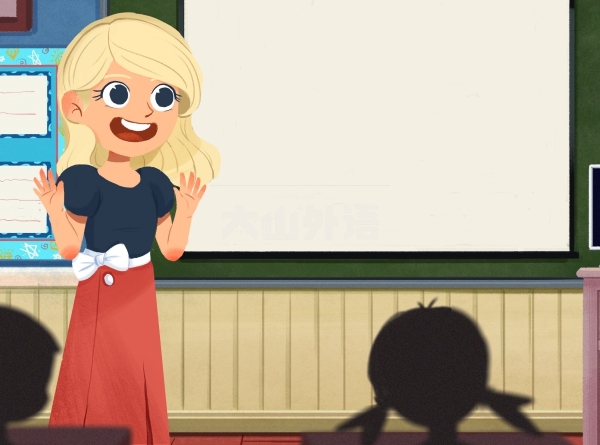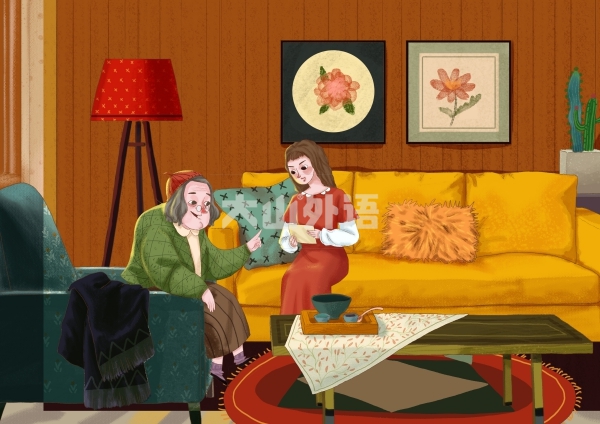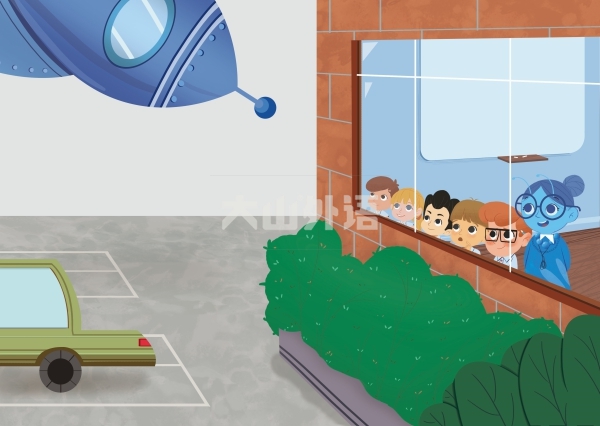程度副词主要用于修饰形容词和副词,有的还可修饰比较级(如much, rather 等)和最高级(如quite, much, almost 等)下面让我们来看一下very、much、well、quite四个常见程度副词用法

1.very
修饰原级形容词和副词以及完全形容词性化的现在分词或过去分词,如:tired, ashamed, exciting等
(1)非形容词性化的分词不能用very修饰, 可用much修饰.
例:She is much pleased by his words. 她对他的话很满意
(2)一些限度形容词不能用very修饰, 可用quite (completely) 修饰.
例:You are quite wrong. 你大错特错了。
(3)部分以a 开头的形容词不能用very修饰, 可用 much修饰.
例:She was much afraid of dogs. 她非常害怕狗。
2.much
(1)修饰动词;
(2)修饰介词以及形容词和副词的比较级;
例:The girl is much like her mother. 这女孩非常像她妈妈。
(3)修饰部分以a开头的形容词, 如: afraid, awake, alive, ashamed, alone, etc。
3.well
作“很,非常,相当”讲, 主要用来修饰动词、介词短语或用于固定搭配。
例:His house is over there, well above the other houses. 他的房子在那边,就在其他房子的上方。
4. quite
(1)修饰表示绝对意义的形容词或副词, 如:sure, certain, possible, impossible, right, wrong, perfect, dead, ready等。
例:I’m quite sure the dog is quite dead. 我非常确信狗确实是死了。
(2)修饰动词或名词。
例:She quite likes the bike, but she is not quite ready to buy it. 她非常喜欢自行车,但是她不是特别想买它。
(3)可修饰good, well, old, young等个别形容词的比较级。
例:She looks quite older than before. 她看上去比以前老多了。









